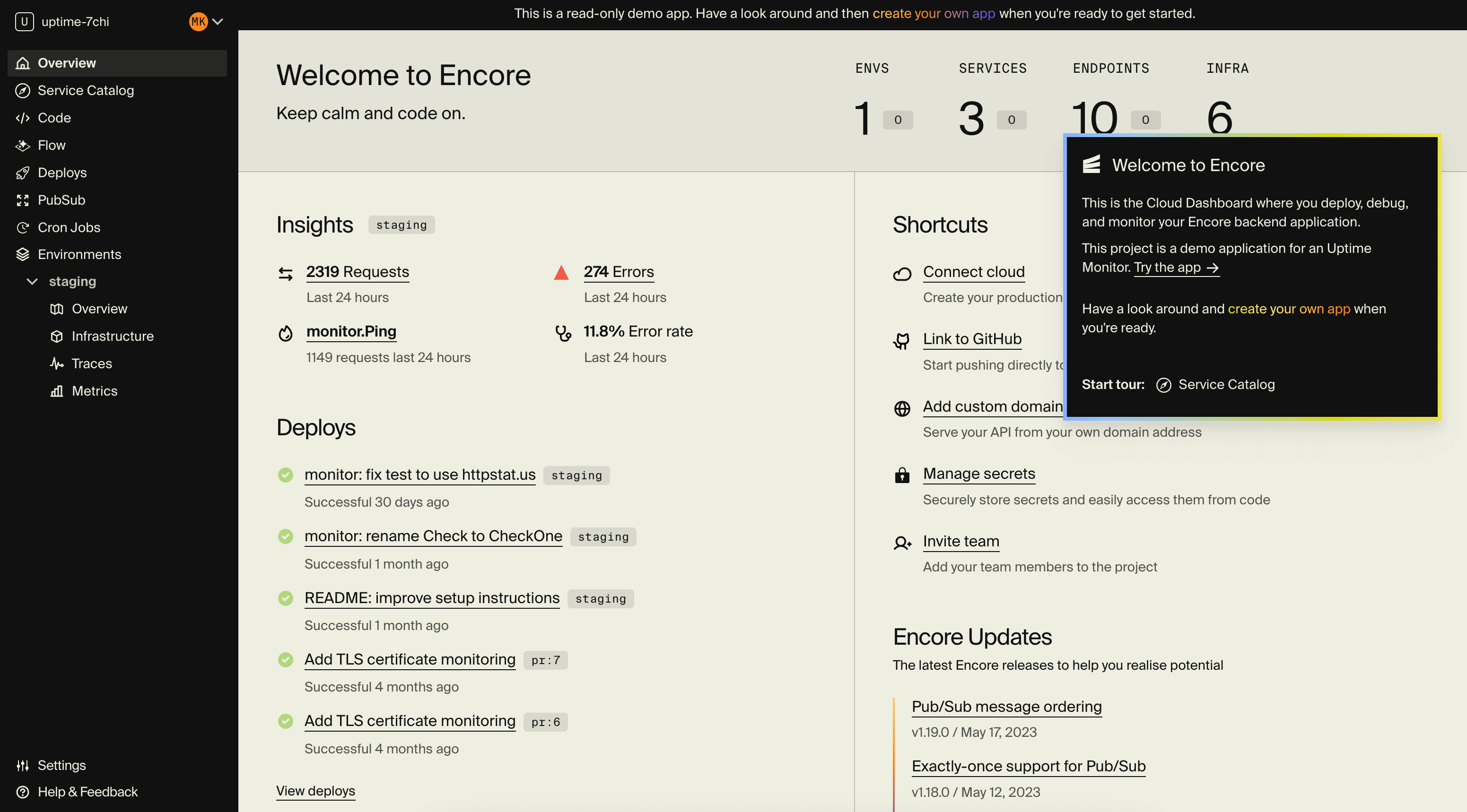AWS CloudFormation: A Comprehensive Guide for 2024
A look at AWS CloudFormation and other alternatives

It's 2024, and AWS CloudFormation continues to be an attractive service for AWS users, allowing them to define and control cloud resources in an automated, repeatable way.
What is AWS CloudFormation?
AWS CloudFormation is a managed service provided by Amazon Web Services (AWS) that falls under the category of Infrastructure as Code (IaC). This service is designed to give developers and DevOps professionals a systematic way to create, manage, and update a collection of related AWS resources.
At the heart of AWS CloudFormation is the concept of a template, which is a JSON or YAML formatted text file. This template provides a declaration of the AWS resources needed to run an application. When a template is executed, AWS CloudFormation provisions and configures the specified resources in the precise order defined, ensuring any interdependencies are respected.
Beyond simple resource provisioning, CloudFormation offers advanced features such as:
- Drift Detection: This lets administrators detect if the actual stack drifts from the expected configuration specified in the CloudFormation template.
- Nested Stacks: Users can create a single CloudFormation stack by linking together multiple templates, facilitating modular and reusable infrastructure code.
- Change Sets: Before executing a template, CloudFormation can provide a summary of the changes it will make, giving users a chance to review them.
- StackSets: This feature allows users to deploy a CloudFormation template across multiple AWS accounts and regions with a single operation.
In essence, AWS CloudFormation is a way to automate the deployment of infrastructure, allowing for repeatable, consistent, and controlled cloud environments. It helps eliminate the manual, error-prone methods of creating and managing AWS resources, helping ensure that the infrastructure is in the desired state.
AWS CloudFormation: Benefits & Drawbacks
Benefits & Key Features:
- Automation and Reusability: Write it once and use resources repeatedly across various environments.
- Integration with AWS Ecosystem: Seamlessly connects with many AWS services like EC2, S3, Lambda, and more.
- Compliance Alignment: Helps in maintaining the alignment with regulatory policies, ensuring that the templates comply with corporate governance and regulatory standards.
Drawbacks:
- Learning Curve: For new users, CloudFormation can be challenging, especially with complex templates.
- Vendor Lock-in: Tied exclusively to AWS, which can hinder the use of a multi-cloud strategy.
- Debugging Challenges: Errors can sometimes be cryptic, making the troubleshooting process difficult.
- Complexity with Large Templates: As templates grow in size and complexity, maintaining them can become cumbersome.
Alternatives to AWS CloudFormation
1. Encore

Encore is an alternative that caters to those looking for a more developer-centric and flexible approach to Infrastructure as Code.
Benefits & Key Features
- Cross-cloud Support: A standout feature, enabling the movement between different cloud providers without vendor lock-in. Encore lets you deploy your application to both AWS and GCP without any code changes.
- Developer-friendly Interface: Focuses on simplifying development by abstracting some of the underlying complexities, Encore's Backend Framework lets developers declare infrastructure directly in application code using the same programming language they are used to.
- Automatic Preview Environments: Encore provides temporary Preview Environments for each Pull Request, making it simpler to validate changes with faster feedback loops.
- Built-in Distributed Tracing: Encore applications are automatically instrumented with distributed tracing and key performance metrics, aiding in debugging and performance monitoring.
Limitations
- Language specific: With Encore your application code and infrastructure declarations are all in the same programming language, which means not all programming languages are supported. Currently Encore supports Go and TypeScript, with Python support coming soon. See the docs for the latest information.
Suitable For
Teams that want to concentrate on developing their application and prefer not to spend a lot of time or money on complex DevOps processes and manual setup of their infrastructure.
2. Terraform
Terraform is an open-source infrastructure as code (IaC) software tool created by HashiCorp. Unlike platform-specific tools like AWS CloudFormation, Azure Resource Manager, or Google Cloud Deployment Manager, Terraform provides a multi-cloud solution, enabling you to manage a diverse range of resources across different cloud providers.
Benefits & Key Features
- Multi-cloud Capability: Supports not only AWS but also Azure, GCP, and others.
- Strong Community Support: Extensive community contributions mean more modules and support.
Limitations
- Steep Learning Curve: It can be complex and daunting for newcomers as it requires learning a domain specific language to write Terraform configuration files.
- State Management Challenges: Managing state files, especially in large environments, can be tricky.
- Large overhead: Managing multiple environments for testing and staging can be very time-consuming as it requires creating Terraform configuration for each environment.
Suitable For
Teams with considerable DevOps expertise looking to control the details of their infrastructure configuration setup, with capacity to invest a significant amount of effort for maintenance.
3. Azure Resource Manager
Azure Resource Manager (ARM) is Microsoft Azure's take on Infrastructure as Code (IaC). It is a platform service that enables users to deploy, manage, and monitor resources within Microsoft Azure.
Benefits & Key Features
- Deep Integration with Azure Services: If you are fully invested in Azure, this is a strong positive.
- Visual Tools: Provides various visual tools for easier management.
Limitations
- Cloud Lock-in to Azure: Cannot be used with other cloud providers.
Suitable For
Businesses committed to Azure, seeking a powerful tool to orchestrate and manage their Azure resources effectively.
4. Google Cloud Deployment Manager
Google Cloud Deployment Manager is an Infrastructure as Code service that automates the creation and management of Google Cloud resources.
Benefits & Key Features
- Integration with Google Cloud Platform: Deep integration with GCP services.
- YAML-based Templates: Simplifies the definition of resources.
Limitations
- Cloud Lock-in to GCP: Similar to Azure Resource Manager, it's tied to a specific cloud provider.
Suitable For
Organizations using Google Cloud Platform exclusively, looking for an integrated solution to manage their resources.
Expanding on AWS CloudFormation's Value
AWS CloudFormation's consistency, integration capabilities, and alignment with compliance standards contribute to its value offering. Its ability to foster a culture of automation and reusability across various environments is a distinct advantage. The debugging challenges and complexities with large templates can however be real concerns, which require very experienced teams familiar with the service to mitigate.
Choosing between CloudFormation and its alternatives depends on individual needs and the broader ecosystem in which a team operates. The emergence of options like Encore, designed with modern development practices and cross-cloud support in mind, signals a shift towards more flexible, developer-friendly approaches.
Whether exclusively on AWS with CloudFormation or leveraging the strengths of Encore, Terraform, Azure Resource Manager, or Google Cloud Deployment Manager, the landscape of cloud infrastructure management is rich with choices. Understanding the particular benefits and limitations of these tools, as well as your specific needs and constraints, will guide you in making the right choice for your team in 2024 and beyond.